From 19-20 September, network operators, local IXPs, peering coordinators, Internet researchers and government officials will meet at CAPIF 2 to build a more diverse interconnection environment in Central Asia, Iran, and beyond. To prepare, we’ve been examining changes in local interconnection and peering, IPv6 deployment, and network security.
Central Asia has something of a history for interconnection. After all, this is where the early trade routes that would go on to form the Great Silk Road between Europe and Asia first expanded out of China. But while many important historical and geopolitical connections hold across the region to this day, the Internet in Central Asia is itself yet to develop into a strong interconnection environment.
Why is this? One main issue is that, in the five countries that make up Central Asia, there’s a high dependence on a small number of national operators and foreign networks. This is a problem, because dependence on a small number of 'core networks' for connectivity always leaves local users at risk of serious impact should anything go wrong with those networks.
What we would hope to see instead are more providers and more networks with more interconnections, which would make the Internet not only more accessible and affordable for users, but also more resilient. Indeed, with the current conflicts across the world, and a growing need for better connectivity, a resilient and diverse network is key.
Mapping Central Asian connectivity through BGP data
To get a better understanding of the state of the Internet in Central Asia, we examined network dependencies in Kazakhstan, Kyrgyzstan, Tajikistan, Turkmenistan and Uzbekistan according to the AS Hegemony methodology.
This methodology measures the common transit networks to a local AS and how much this AS relies on these transit networks based on BGP data. We also included Iran, as it is a neighbouring country with strong ties to the countries listed above.
AS hegemony values ranges between 0 and 1 and indicate the average fraction of paths crossing a node. If, for instance, there are a few ASes with a hegemony close to 1, it implies most paths to ASes in the country pass through these central ASes.
The plots below only show ASes that have high hegemony values. The numbers on the bubbles are AS numbers, while the size of the bubble is proportional to its hegemony value.

Kazakhstan displays diverse connectivity, with several networks present in AS paths between ASes operating within its borders. In contrast, Turkmenistan relies mainly on two prominent transit providers: the national telecom operator Turkmentelecom (AS 20661) and Russian Rostelecom (AS 12389). The data suggests that Turkmenistan has a significant dependency on a single network. Unless there is backup connectivity, in the event of an outage in the upstream provider, this might mean a large-scale disruption for other networks in the country.
We also observe Azerbaijani Delta Telecom (AS29049) serving as an upstream provider in Turkmenistan, suggesting an inter-Caspian connection route. Please note that we rely on nro-stats to determine the country where the AS is registered. It's possible the network provider also has local infrastructure within the country. For our future work, we plan to incorporate IP geolocation to enhance our connectivity mapping.

Data from Uzbekistan and Kyrgyzstan reveals distinct connectivity patterns. The major backbone of the Uzbek Internet is the national telecom operator Uzbektelecom (AS 34250 and AS 28910). Additionally, we observe a high dependency on KVANT-TELEKOM (AS 43727), an AS registered in Russia.
Similarly, the Tier 1 network Hurricane Electric (AS6939) has a high hegemony value in both Uzbekistan and Kyrgyzstan. However, this is quite common as the Tier 1 networks can reach every other network on the Internet solely via settlement-free interconnection.
In Kyrgyzstan, ElCat (AS8449) has a high hegemony value. Additionally, we observe that TNS-Plus (AS35168), registered in Kazakhstan and Rostelecom (AS12389) (Russia) exhibit significant dependence on the connectivity landscape of Kyrgyzstan.

Peering
Peering helps keep traffic local, reducing latency for users and lowering transit costs for providers while also boosting their resilience and minimising external dependencies. Peering benefits everyone involved – network operators save on costly international transit and can pass these savings on to their customers, who also benefit from faster speeds. All of this drives economic growth, attracts major content providers, and enables local businesses and content creators.
We looked at the current state of the peering environment in each of the Central Asian countries and found some interesting insights in some of them. The IXP Country Jedi provides visualisations of Internet traffic paths (traceroutes) between RIPE Atlas probes located in the same country to show whether paths take out-of-country detours or cross IXPs. Using IXPs could be a more efficient solution for peering and connectivity in the region. Peering within a country and further in the region helps a more efficient connectivity as IXPs can peer with CDNs, which is considered to be a hot topic in the region. And to be visible to CDNs, the IXPs need to be registered in public databases such as Peering DB.
We might not have the full picture as the IXP Country Jedi is based on RIPE Atlas probe coverage (see the ASNs that are not covered at the end of this article). Also, some IXPs are not registered in the Peering DB. Having enough probes distributed in a variety of networks in the region can help you get a better understanding of a peering and interconnection environment in the region.
From what is available to us now, Kazakhstan seems to have a good in-country peering environment with local IXPs found to provide some network interconnection in comparison to its counterparts in the region. You can take a closer look at these visualisations by clicking on a country code in Jedi.
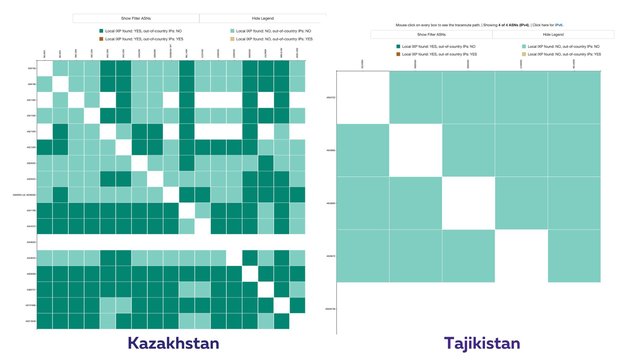
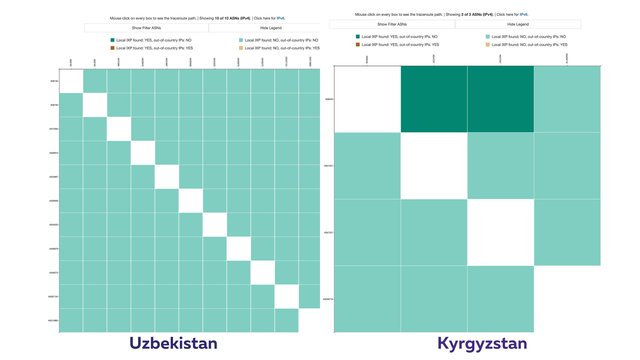
Central Asia - which has the potential to become a major hub of connectivity for a wide spread of countries including big markets like China, Iran, Russia, and the Caucasus - would benefit from entering the wider interconnection ecosystem. As we mentioned in this article, investing in IXPs is a particularly effective, tried-and-tested means of achieving this goal.
A non-straightforward Silk Road
The Silk Road was a network of routes that interconnected with each other through Central Asia. The current Internet "route" in Central Asia is a bit more complicated. Some routes don’t connect between countries but hop over to foreign networks before reaching their neighbours.
We ran an analysis of Internet traffic paths (traceroutes) between RIPE Atlas probes located in the region to show whether those paths take out of country detours. The first plot illustrates whether an Autonomous System (AS) registered outside the source and destination country pair.
When the traceroute doesn't contain any AS from outside this pair, it is shown in green. If an AS from outside is detected, it's represented in red. A blue colour indicates mixed findings: some traceroutes detected hops related to AS outside the source/destination pair, while others did not.

In order to connect, the networks in Kyrgyzstan and Kazakhstan seem to commonly use networks registered in foreign countries. For example, in the interconnection from Kazakhstan networks covered by Atlas probes to RFE/RL, INC. (AS 206718) we saw the traffic goes through Rostelecom (AS12389).
For the neighbouring pair, Uzbekistan and Kazakhstan, traceroute data reveal some paths via ASes registered in foreign countries. For instance, traceroute from all Uzbek ASes to 9 Kazakh ASes routes through ASes registered in foreign countries, such as Russia, the UK, Hong Kong.
We observed an interesting pattern in the traceroutes between Tajikistan and Uzbekistan. Notably, all the hops we encountered were in ASes registered only in these two countries. This suggests that they might directly peer within the networks we covered, indicating that their traffic isn't dependent on a third country. However, it's important to note that some hops in the traceroute data timed out. Consequently, the IP addresses of these hops could belong to ASes outside the two countries.
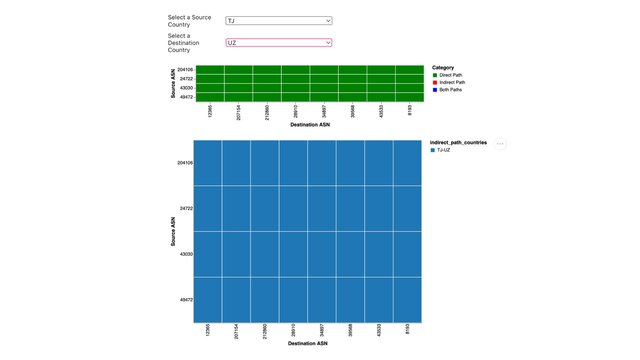
If you’d like to check all the countries in the region, have a look at our prototype in Observable below. We will keep improving it along the way and your feedback is much appreciated. Please note that if you hover over a cell you can see the ASes in the path between source and destination.
A secure network as foundation
While we can’t emphasise the need to cultivate a distributed and diverse interconnection environment in Central Asia enough, it’s also important to stress the need for network security - through the use of such tools as RPKI - and better resilience - through more IPv6.
As we mentioned in our Country Report on Central Asia, despite the dwindling availability of IPv4 and its increasing cost on the secondary market, the transition to IPv6 in Central Asia has been slow. Although Kazakhstan and Uzbekistan, in particular, have increased their IPv6 holdings in recent years, we don’t see much evidence that it is actually in use.
Compared to the rest of the RIPE NCC service region, IPv6 deployment in Central Asia remains extremely low according to several organisations that measure IPv6 adoption per country, including APNIC, Facebook, Akamai, Google and Cisco.
We compared the IPv6 capability of networks in Central Asia and Iran since last year when the first CAPIF took place. There are no considerable differences since 2022 except Kazakhstan increasing their IPv6 capability by 5%. IPv6 capability is calculated by looking at the connections of a lot of users around the world through Google ads.
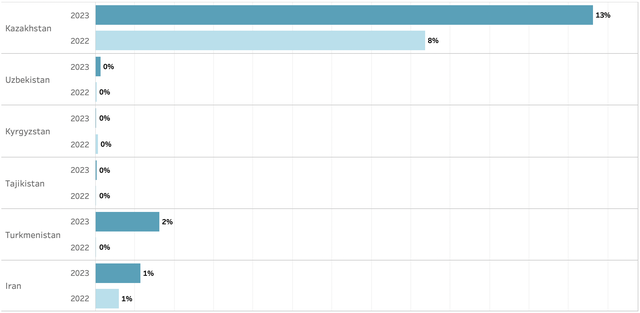
RPKI is a security framework that helps network operators make more informed and secure routing decisions. ROA is the first step on your RPKI journey. There are slight improvements in the IPv4 address space ROA coverage in Central Asia and Iran, with one significant change in Turkmenistan due to national telecom operator Turkmentelecom signing ROAs for all of their IPv4 address space.

Towards a more connected Central Asia
Central Asia will majorly benefit from a more diverse peering environment, more local and regional IXPs and their documentation, and reduced dependency on state-owned networks.
It is important to note that we still don’t have a full picture as some known IXPs are not documented in the public peering databases, and there are many networks in the region not covered by RIPE Atlas. Below you can see the most wanted networks in the region that are not covered by RIPE Atlas, the world’s biggest active Internet measurement platform. We hope that in the upcoming CAPIF meeting, network operators continue the discussion where they left off last year: increasing trust and sharing expertise for peering and better interconnection.
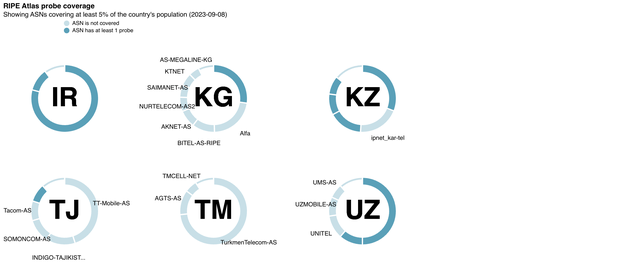
About CAPIF
The second Central Asia Peering and Interconnection Forum (CAPIF 2) is a two-day event for network engineers, peering coordinators, Internet providers, cloud administrators, and data centre operators. Its goal is to promote peering and address other related topics that have a direct bearing on the development of the region’s Internet. The event takes place next week in Tashkent, Uzbekistan from 19-20 September and anyone interested in taking part can register now for free.
With governments across Central Asia prioritising the need for a more accessible Internet, and infrastructure development projects underway that promise to improve accessibility and affordability in the area, CAPIF is an opportunity for local technical communities to come together, build relationships, share best practices, and prepare for future growth.

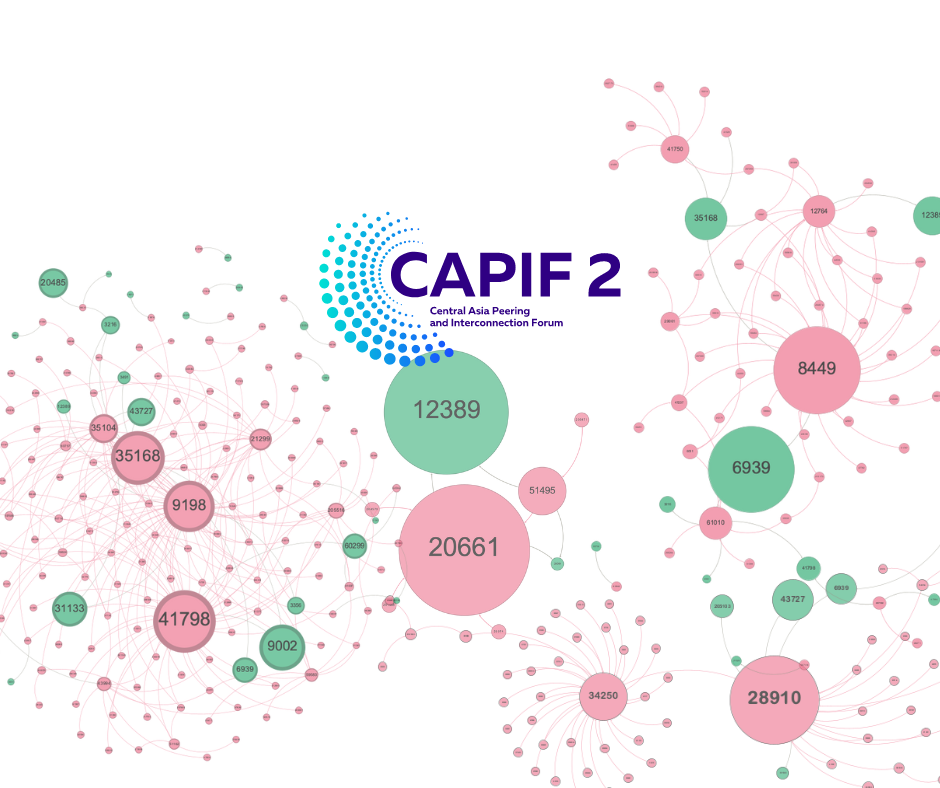
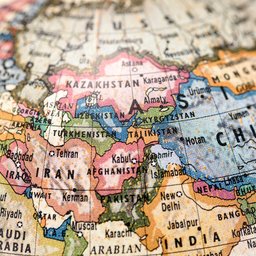

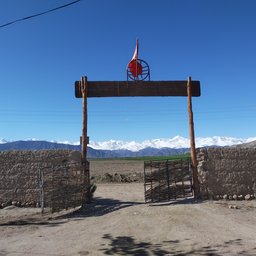

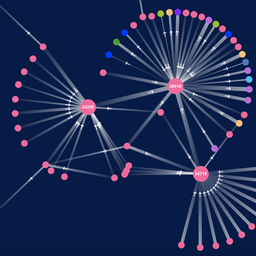



Comments 0
The comments section is closed for articles published more than a year ago. If you'd like to inform us of any issues, please contact us.